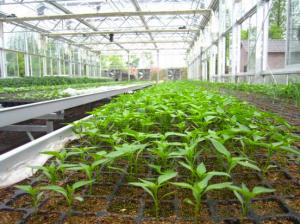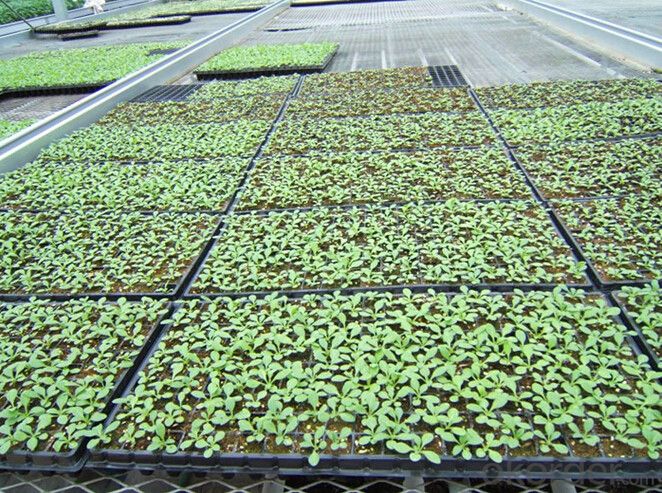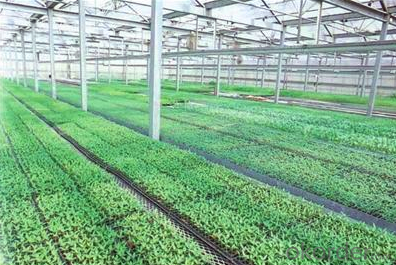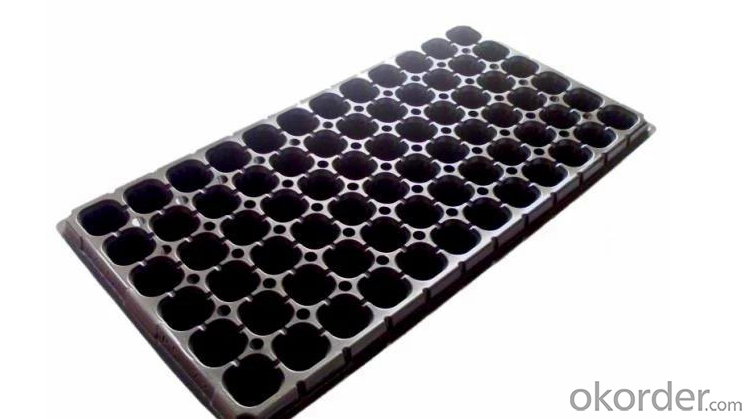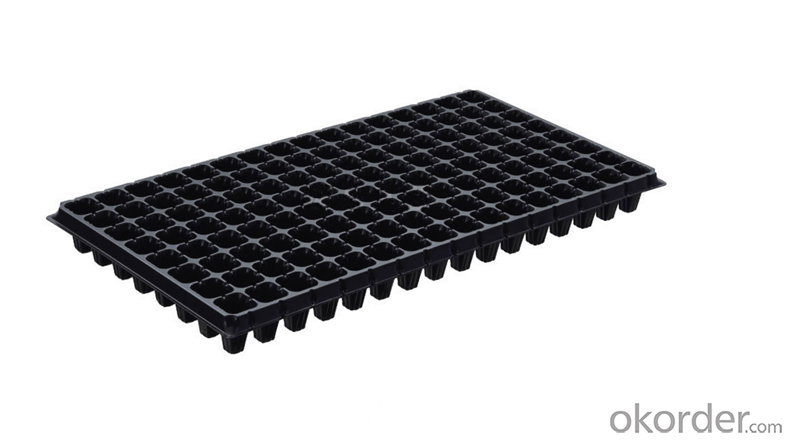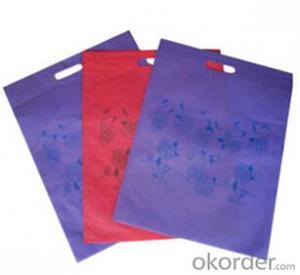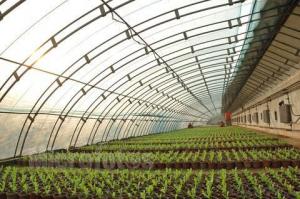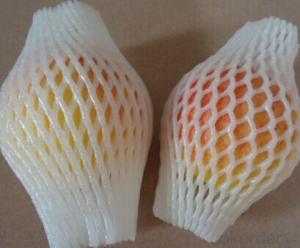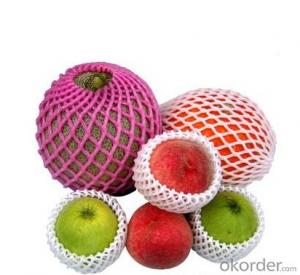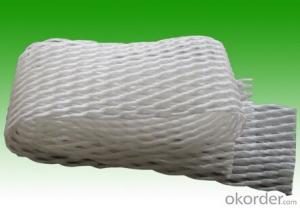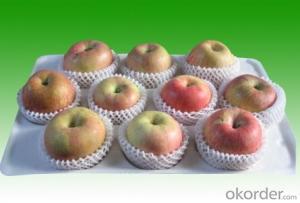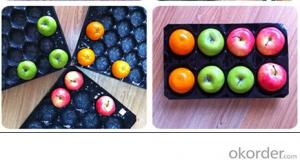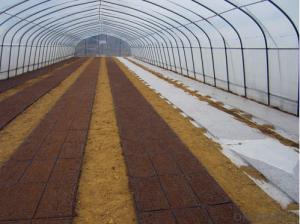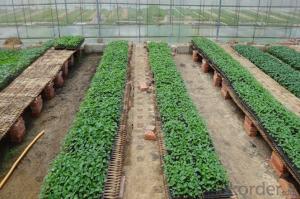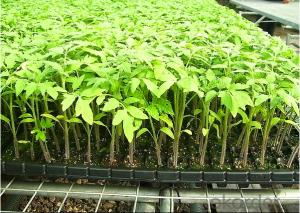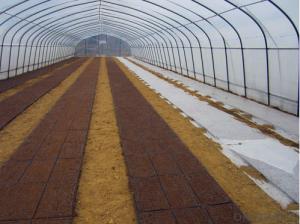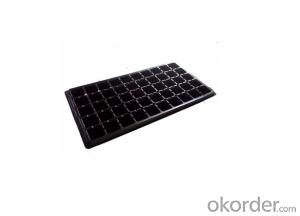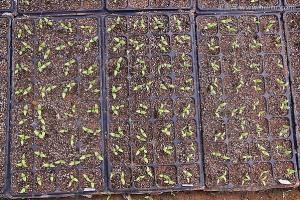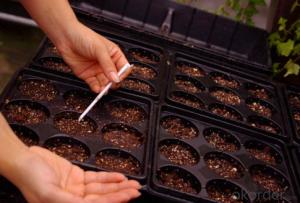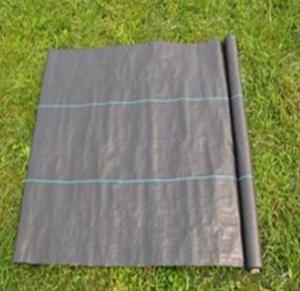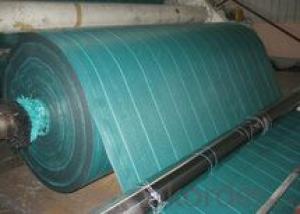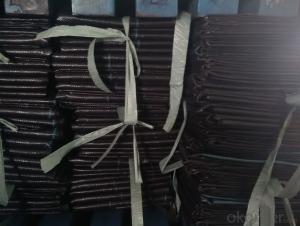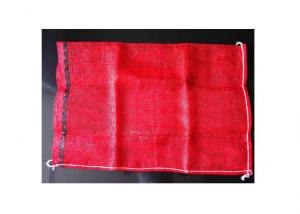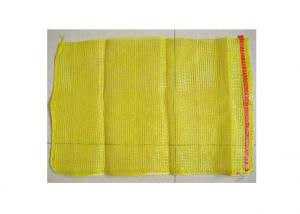72 Holes Poly Styrene Plug Tray for Nursery
- Loading Port:
- China main port
- Payment Terms:
- TT OR LC
- Min Order Qty:
- 3000 pc
- Supply Capability:
- 2000000 pc/month
OKorder Service Pledge
OKorder Financial Service
You Might Also Like
Specification of Plug Trays HIPS Made Plastic Plug Tray for Greenhouse (Growing and Seedling):
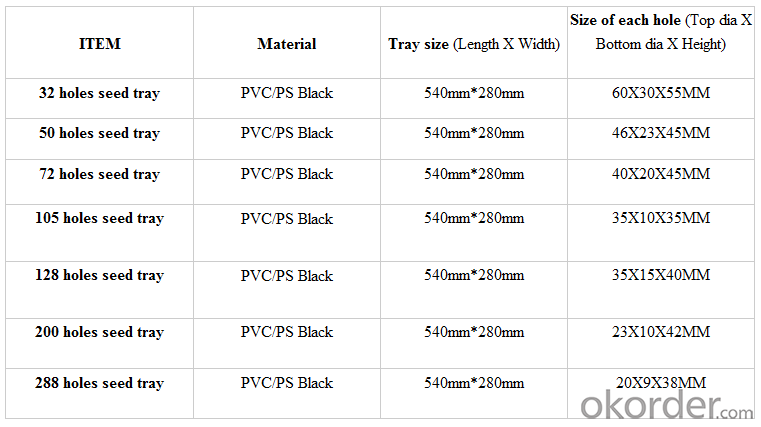
Features of Plug Trays HIPS Made Plastic Plug Tray for Greenhouse (Growing and Seedling):
· Material: HIPS
· Thickness: 0.5mm-1.5mm, Standard:1mm
· Weight: 80g(±5)g-230g(±5)g, Standard weight:155g(±5)g
· Size: length:490mm-540mm, width:190mm-345mm,depth:25mm-150mm
· Standard:540mmX280mm
· Cell count: 18-512
· Package: In Carton
· Warrenty: 8-10 times
Packaging & Delivery
Packing Detail: export standard carton or large bags
Delivery time: 4 million per momth after receipt of deposit
Advantage:
Waterproof, UV-resistant, extrusion-resistant
Easy carry for young seeding plant and grow
Service:
1. Quick, efficient and professional response within 24 hours, 14 hours online services
2. 10 years manufacturing and exporting experience in agriculture field.
3. Technical support and solution by chief engineer.
4. Strict quality control system & team, high reputation in the market.
5. Full range of irrigation products for choice
6. OEM/ODM services
7. Accept sample order before Mass Order
Picture of Plug Trays HIPS Made Plastic Plug Tray for Greenhouse (Growing and Seedling):
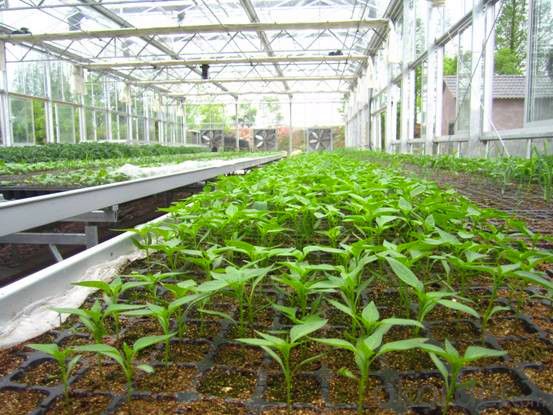
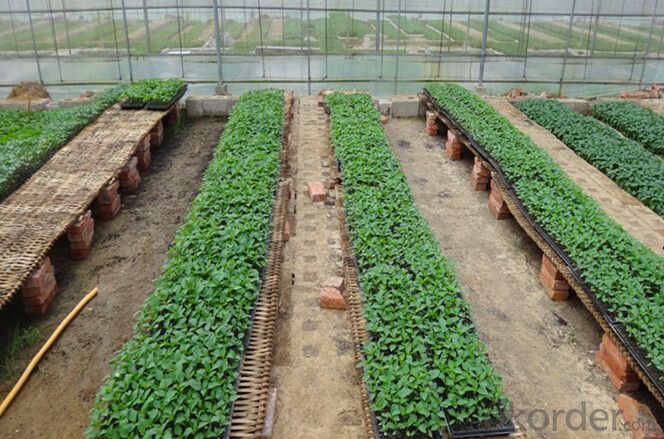
FAQ of Plug Trays HIPS Made Plastic Plug Tray for Greenhouse (Growing and Seedling):
Q: 1.How long is the production time?
A: Usually one to two weeks.
Q: 2.How is the seed tray being packaged?
A: They can be packaged in carton or pallets. Carton size is 1375px*725px*1250px.
Q:3.How many times can the seed tray be used?
A: Under the same environment, it is decided by the thickness. Usually 0.6mm thickness can be used for 1 or 2 times.
1.0 thickness can be used for 3-4 times. 1.5 thickness can be used for 8-10 times.
- Q: Hey when you buy a new game for like xbox 360 what is the plastic name that is surrounding the game?
- If it's the film, it's most likely shrink wrap made from polyolefin or PVC (polyvinyl chloride).
- Q: I need to figure a way to make plastic so i can make 6 10 inch rectangular tubes.I have 5 bucks in my pocket and no job. just a hobby which i hope can make me money and be my job. since my town is 1.5miles long and has nothing here.
- I know this isn't what you wanted to hear, but I have to say it. Plastic is made with chemical processes and heat; those processes need special conditions that you can't duplicate in a house or apartment. The heat especially produces fumes that are *toxic.* Please, please don't do this. It's not safe.
- Q: Is it that dangerous? I heard that it produces toxic gases? Can we burn plastic to safely produce energy somehow? Do you think it can be a relatively cheap source of alternative energy and solver of the ubiquitous plastic bags/container problem at the same time?
- absolutely right. you should give it to some factory who can deal with them properly, maybe, they use the plastic to produce something useful. recycle all the materials as much as possible, you can save energy and money, and reduce pollution.
- Q: How do nursery trays help in reducing the use of chemical pesticides and herbicides?
- Nursery trays help in reducing the use of chemical pesticides and herbicides by promoting natural pest control methods and providing a controlled environment for plants to grow. The trays act as a barrier between the plants and the ground, preventing weeds from invading the nursery. This reduces the need for herbicides. Additionally, the controlled environment in the trays allows for better monitoring and management of pests, leading to early detection and prevention. This reduces the reliance on chemical pesticides as natural predators and beneficial insects can be introduced to control pests. Overall, the use of nursery trays minimizes the need for harmful chemicals, making it an eco-friendly approach to plant propagation.
- Q: Just got a biodegradable corn plastic pen and there isn't a lot of info on what exactly that is
- i don't really know but my chemistry teacher said corn plastic is contributing to world hunger. way to go.
- Q: I am putting down garden wooden decking.I know that i need to put down first some plastic sheet or viscose or something.Does it matter if the plastic is clear or black?why?
- Everybody wants to reside in a fantastic house with trendy and particular structure and if you are one of those folks and you have the spot and time to do your personal landscaping why don’t you make your greatest perform with a whole lot of assist from right here https://tr.im/FJNFJ , the guide from Ideas 4 Landscaping. This 1 stop database of in excess of 7000 substantial resolution photos and strategies was developed by Helen Whitfield , a landscaping extraordinaire , educator , with in excess of 20 many years knowledge designing AWARD-WINNING landscapes and becoming featured in many magazines and publications , she envisions this collection as a layout package ideal for newbies
- Q: I know plastic surgery can make our face form become differrent from first.Is it take high risk ??Is plastic surgery technology underdeveloped ??
- many human beings have the wrong theory that cosmetic surgical technique have been given its call using fact it comprises using some form of plastic or different artifical textile, whilst in certainty, the term cosmetic surgical technique comes from the Greek observe plastikos, meaning to mildew or to shape. by capacity of ways, the 1st printed use of that observe grew to become into by capacity of German regularly occurring practitioner Karl Ferdinand von Graefe (1787–1840), between the pioneers of cosmetic surgical technique.
- Q: How do agricultural plastic products contribute to crop yield?
- Agricultural plastic products contribute to crop yield by providing various benefits such as weed control, moisture retention, and protection against pests and diseases. Plastic mulches, for example, can suppress weed growth, conserve soil moisture, and regulate soil temperature, ultimately promoting healthier plant growth and higher yields. Additionally, plastic covers or tunnels can create a controlled environment that protects crops from extreme weather conditions, pests, and diseases, allowing for improved growth and increased yields.
- Q: How do you prevent algae growth in nursery trays?
- There are several ways to prevent algae growth in nursery trays. One effective method is to ensure proper drainage in the trays, allowing excess water to flow out and reducing the moisture levels that algae thrive in. Additionally, providing adequate air circulation and avoiding overcrowding of plants in the trays can help prevent algae growth. Regularly cleaning the trays and removing any debris or organic matter that can serve as a nutrient source for algae is also important. Finally, avoiding overwatering and using a sterile growing medium can further inhibit algae growth in nursery trays.
- Q: Out of plastics available to the public, which type of plastic has the greatest tensile strength, and which type has the greatest compressive strength?Thanks!
- basically the very high tensile strength materials are specialist materials. So it depends how hard you try to get hold of it, how much you will pay etc. There are tables in the links - generally fiberglass is strong, while polythene generally isnt. Composites are stronger than pure materials. The last link has a bit of explanation (powerpoint) about composites.
Send your message to us
72 Holes Poly Styrene Plug Tray for Nursery
- Loading Port:
- China main port
- Payment Terms:
- TT OR LC
- Min Order Qty:
- 3000 pc
- Supply Capability:
- 2000000 pc/month
OKorder Service Pledge
OKorder Financial Service
Similar products
Hot products
Hot Searches
Related keywords
